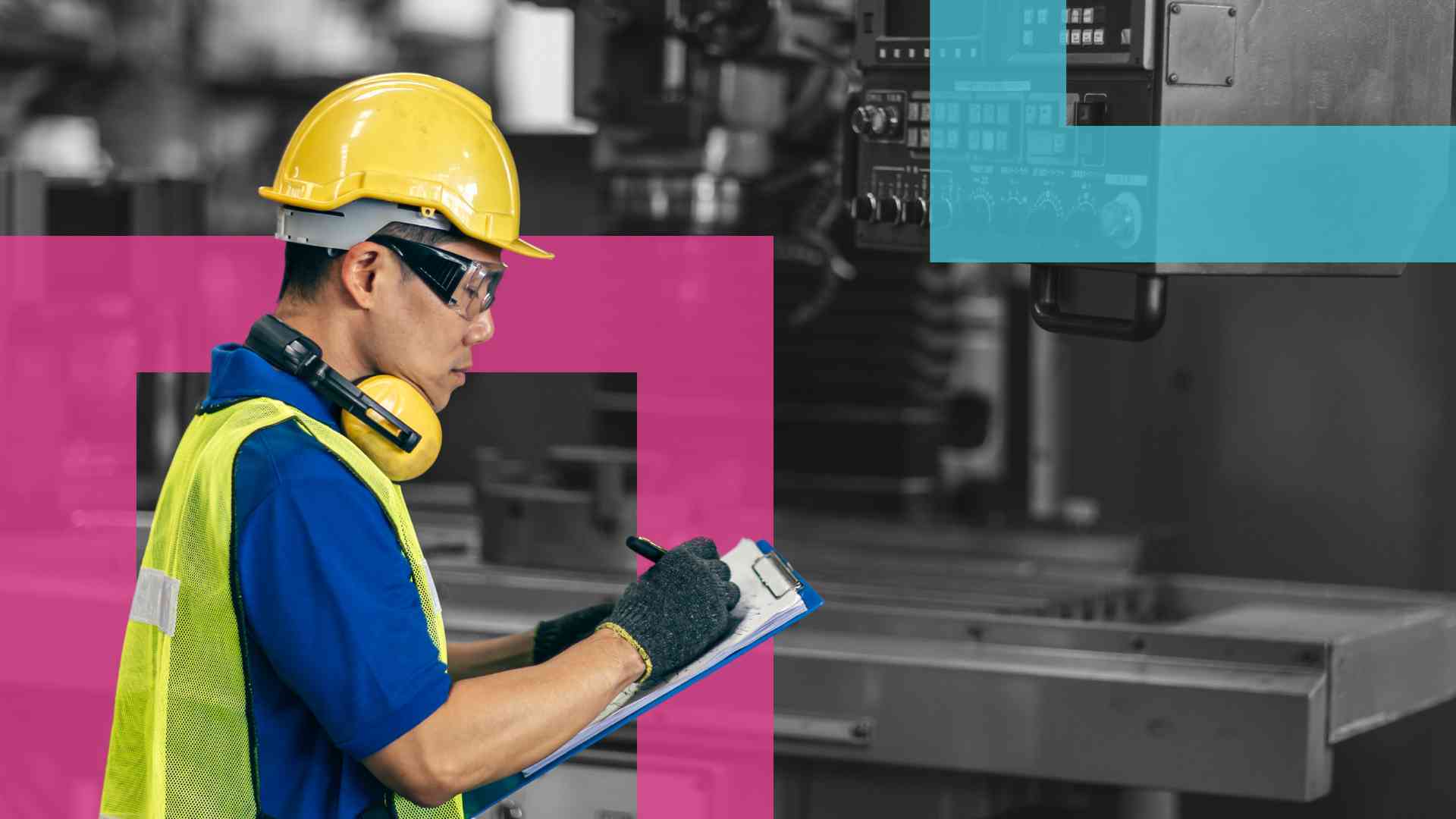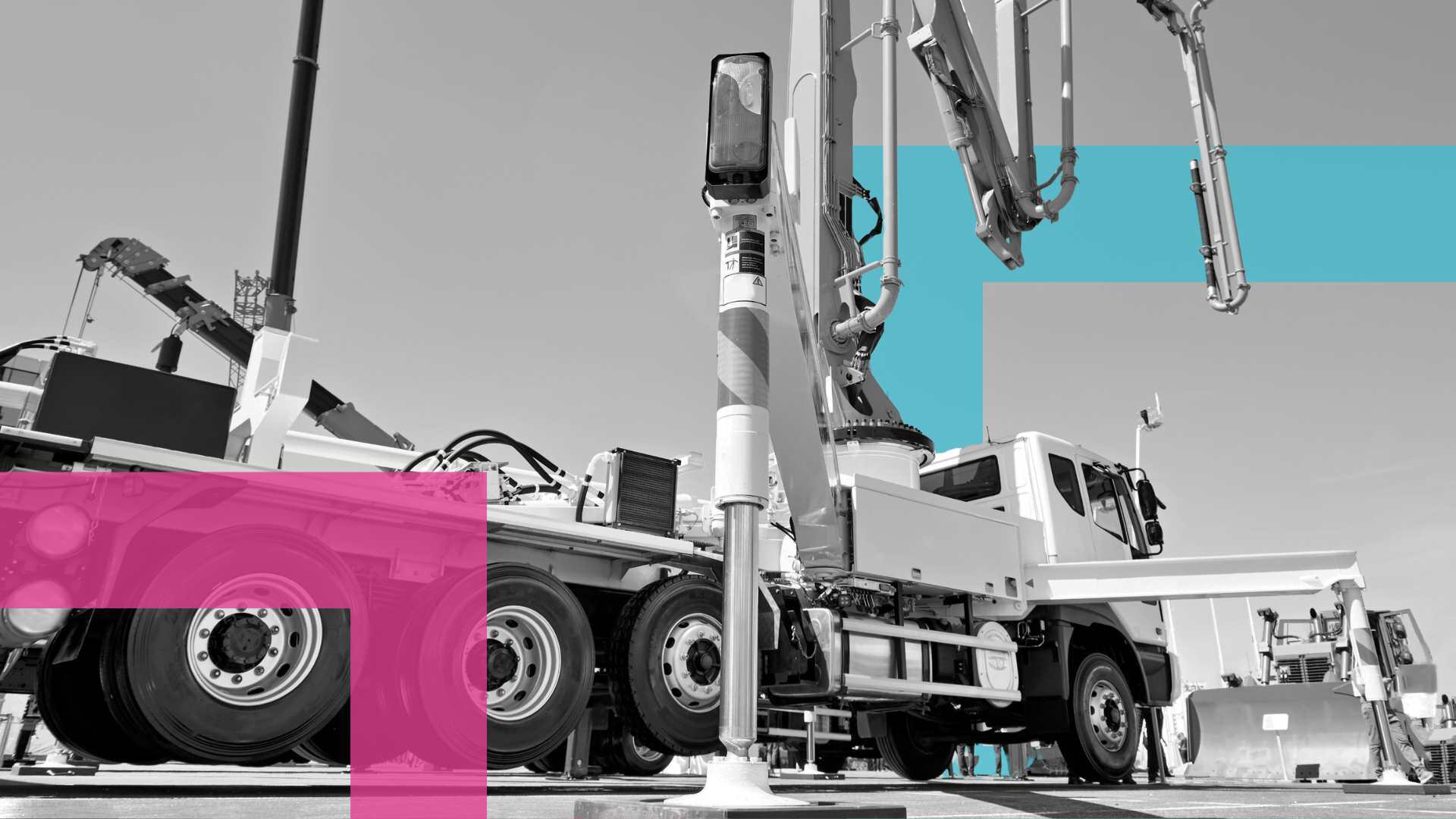Pre Start Plus rebranded to Ideagen Asset Guard
Ideagen Plant Assessor is pleased to announce the rebrand of its flagship pre-start app, Pre Start Plus, to Asset Guard. This rebrand aligns with...
|
|
Machinery Pre Starts
|
|
|
Risk Management &
|
|
|
Document Management
|
|
|
Dashboards & Reporting
|
|
|
Machinery Risk Assessments
|
|
|
Service & Maintenance
|
|
|
Safe Operating Procedures
|
|
|
MySite
|
|
|
View All Features |
Case Studies
Hear from our clients
Events
Find us at industry events
Guides
Find industry-specific guides
Learn
Educational content
News & Articles
Industry news and articles
Safety Legislation
We keep up with safety legislation
so you don't have to
Videos
Find overviews and informative
videos here
Webinars
View upcoming and on-demand webinars
Promotions
See our current promotions
FAQ
All of our frequently asked questions
Help Centre
How to use our software
View a Demo
Let us walk you through Ideagen Plant Assessor features
Release Centre
Product updates and release information

A key component of improving machinery safety and compliance is the risk assessment. As technology advances, traditional methods of conducting machinery risk assessments are being replaced with digital alternatives. But, what’s the best option? This article explores the differences between manual and digital risk assessments and what type is recommended for the best possible safety and compliance outcomes.
A machinery risk assessment is a systematic process used to identify hazards associated with operating machinery, evaluating the risks they pose and implementing control measures to mitigate the risks. This process aims to reduce the likelihood of machinery incidents occurring and improve the safety of workers.
Manual risk assessments are a traditional approach to identifying, evaluating and controlling machinery hazards. These assessments are conducted on paper or in booklets, requiring a thorough understanding of both the machine and legislation relevant to machinery safety.
Conducting a manual risk assessment requires the assessor to have extensive knowledge of the machine being assessed and the legal requirements governing its operation. Without this knowledge, an assessor may not accurately identify hazards present on a machine, leaving operators and bystanders at a high level of risk.
Paper-based, manual risk assessments must be stored securely in physical storage such as filing cabinets. This can be cumbersome as well as time and space consuming, especially for businesses with extensive machinery fleets.
Manual machinery risk assessments can be time consuming due to the need for physical documentation and extensive paperwork. This can slow down the overall assessment process and delay the implementation of control measures.
Not only is the process of completing a manual risk assessment time consuming, so is sharing the results. Sharing manual risk assessments with key stakeholders can be a challenge, especially when machines are operating on multiple sites or large projects. Copies need to be physically distributed to multiple team members which can delay the communication of critical safety information.
Manual processes can be prone to human error; manual machinery risk assessments are no exception. Hazards can be overlooked and miscalculations can be made when evaluating the risks. This can compromise the accuracy and the reliability of the assessment.
Thanks to advancements in technology in recent decades, digital risk assessments are becoming a more popular way to inspect machines and analyse the risks they pose. These assessments leverage technology such as computers and hand-held devices to streamline the machinery risk assessment process.
Digital risk assessments can significantly simplify the machinery risk assessment process. User-friendly interfaces and automated tools can guide assessors through hazard identification, risk rating and determining the most effective control measures for implementation. This can dramatically reduce the amount of time and effort required compared with manual risk assessments.
The results of digital machinery risk assessments can be stored securely in the cloud, eliminating the need for physical storage space. Cloud storage may also offer more enhanced security measures to protect your data.
Digital platforms facilitate enhanced collaboration among stakeholders. This remains true for machinery risk assessments completed digitally as well. Multiple users can access and edit the same risk assessment, ensuring all relevant expertise is incorporated and all relevant workers are informed of the results.
Digital machinery risk assessments can ensure consistency and standardisation across the process. Pre-built templates or checklists and automated processes can help to maintain uniformity in assessments across different machines and different sites.
Digital risk assessments reduce the need for physical materials such as paper, storage space and manual labour. Not only is this reducing your company’s impact on the environment, it’s also reducing some of the costs involved, leading to long term savings.
While both manual and digital machinery risk assessments have their merits, the digital option is recommended due to its ability to simplify processes, enhance efficiency and reduce the potential for error. The digitisation and automation of machinery risk assessment processes can lead to more accurate hazard identification, consistent risk evaluations, better data management and quicker dissemination of critical safety information. As industries that operate machinery continue to evolve, embracing digital risk assessments will be crucial in maintaining high safety and compliance standards.
Our team of experts is on hand to help you through the process of transitioning to digital machinery risk assessment. We can even complete them for you! Simply contact us on 1300 728 852 or info@assessor.com.au for more information.
Disclaimer: This information is intended to provide general information on the subject matter. This is not intended as legal or expert advice for your specific situation. You should seek professional advice before acting or relying on the content of this information.
About the Author
Matthew Turner is Managing Director of Ideagen Plant Assessor. Matt has been a part of Ideagen Plant Assessor since 2008, having gained a deep understanding of workplace health and safety management and behavioural safety management through his extensive experience in the industrial, manufacturing and distribution industries. Read More.

Ideagen Plant Assessor is pleased to announce the rebrand of its flagship pre-start app, Pre Start Plus, to Asset Guard. This rebrand aligns with...
.png)
Many businesses operating machinery still rely on traditional paper pre start books for daily machinery checks. While these booklets serve their...

A concrete company based in Melbourne has been convicted and fined $30,000 after an incident involving a concrete pump resulted in a worker’s hand...